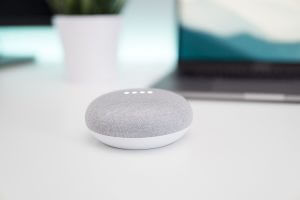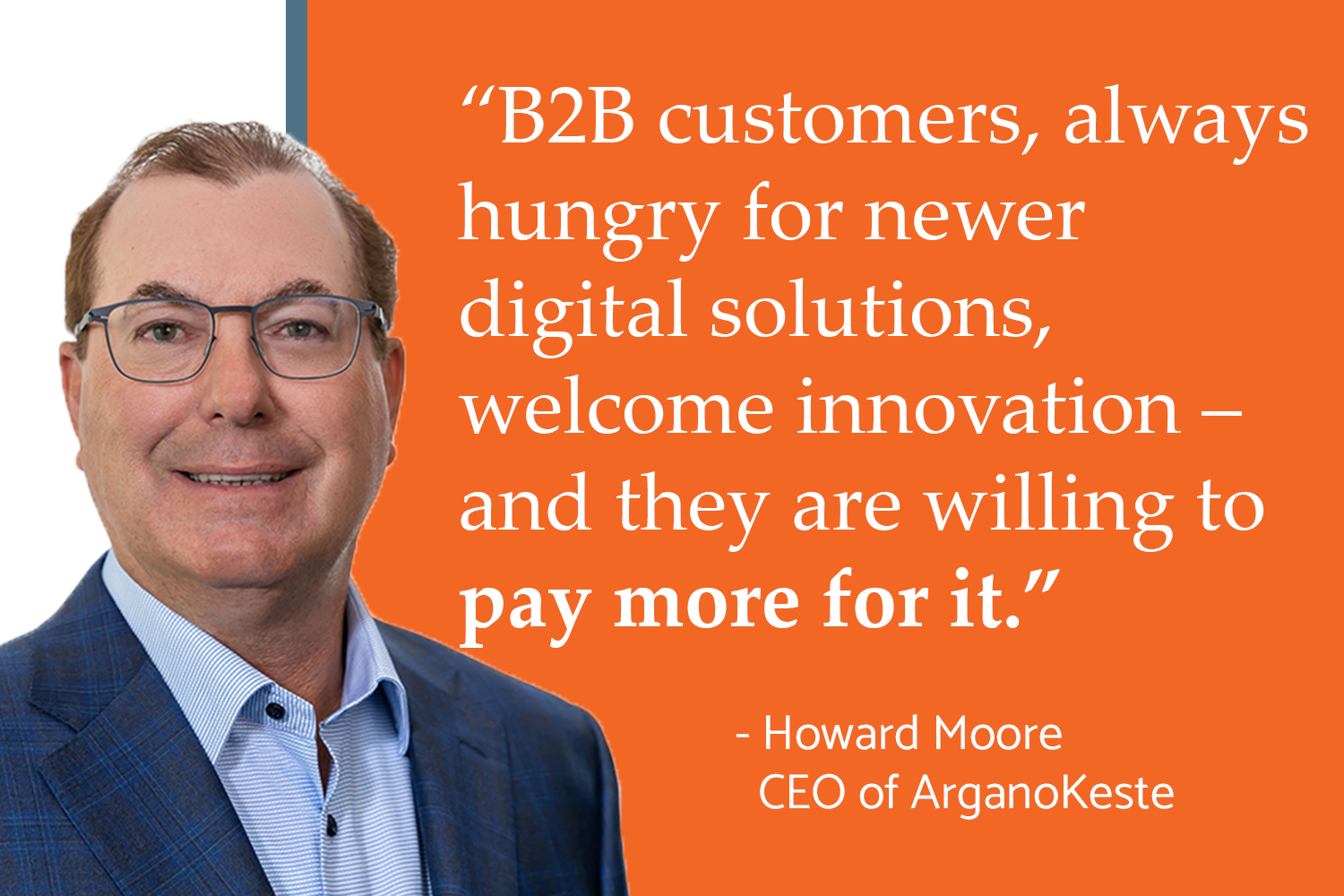Omnichannel Experiences Expected from Your Business
You no longer have to convince anyone why digital commerce is important. The events of 2020 have made it abundantly clear, generating leaps in growth in the process. The new focus? Making sure your B2B customer experience is on par with what people get from a B2C experience.
Thanks to digital transformation, customer engagement efforts that used to be handled by sales reps are now part of an omnichannel process: an integrated experience that enables your customers to interact and shop online at your site or through social media from a desktop or mobile device, or in person at your physical location.
Essentially, wherever your customers are, that’s where you meet them. And the more frictionless the experience, the more likely they’ll become loyal customers.
So how do you make sure you’re putting your best omnichannel foot forward? Since every company is different, start by determining which customer touchpoints are most important to your business. Next, communicate your goals to the proper stakeholders, including Product, Marketing, Sales, and Customer Support so that you’re confident everyone is working toward the same objectives.
Here’s a look at omnichannel experiences B2B customers already expect:
Live and social chat
Speed is vital to any effective customer service scenario, and 80% of B2B buyers expect real-time interaction.
Live chat is an ideal way to engage in real-time communication, giving you an opportunity to provide immediate answers to a customer’s questions and help you quickly close a sale.
But when should you use it? A marketing best practice is to limit live chat engagement to site visitors whose behavior patterns suggest a chat session is in order. These patterns can include visiting a certain page or staying on a page for a specified amount of time.
Once a live chat session is initiated, it’s important that the agent responds in as timely a manner as possible. It’s also imperative that the agent reads and understands any questions the customers may have, seeking clarification as needed. Without these things, you can pretty much expect a poor customer experience.
Based on site traffic history and learnings from completed chats, you can determine the number of agents you’ll need to maximize your potential sales leads. Customer demographics can also help you determine language needs, time zone coverage, and hours of coverage necessary to deliver the most effective live chat experience.
Social chat is also an efficient way to respond to customers fast, and effectively move them through the sales funnel. This is especially true with the ability to sell products directly through Facebook Messenger, recognized as one of the top free Shopify apps to boost e-commerce sales.
Depending on your goals, likely starting with the ability to handle order confirmations, Facebook Messenger Chatbot can be of helpful assistance. Next, you’ll likely want to link Messenger to your e-commerce store—making it easy to view product catalogs and “Buy now” at the click of a button.
Voice shopping
What easier way is there to shop than by speaking your purchase into existence?
For an understanding of the growing popularity in voice technology, consider the following findings:
- 1/3 of the U.S. population currently uses voice search features —eMarketer, 2019
- 71% of consumers prefer to conduct searches by voice instead of typing —PwC, 2018
- 3/4 of all U.S. households are currently estimated to own at least one smart speaker —Microsoft, 2019
- More than half of all smart speaker owners use their device daily —NPR, 2018
- 51% of all online shoppers use voice assistance to help them research products —ComScore, 2019
This final statistic is of particular interest, as it indicates that just over half of consumers are using voice assistance in the pre-checkout stage—researching products and creating shopping lists. Voice assistance also plays a part in the post-checkout stages, with online shoppers now using it to track packages, leave reviews, and repurchase items.
This year, the number of US consumers shopping by using a voice search feature was expected to reach 34.7 million (eMarketer, 2019). With e-commerce experiencing tremendous growth through the pandemic, there’s little doubt statistics will ultimately show this number to be even higher.
On average, people type 38-40 words per minute. In a voice search, people speak 110-150 words per minute.
Given these numbers, it’s clear that focusing on voice search as part of your digital optimization strategy is more important than ever. The rise in accuracy of Artificial Intelligence, Machine Learning, and Natural Learning Processing has further accelerated voice-based search adoption. And considering that voice search features continue to be added to watches and wearables, TVs, and household appliances, there’s no doubt its popularity will only increase.
Data unification
For a look at companies that are getting the omnichannel experience right, a good first stop is frequently Amazon. Consider this seamless omnichannel experience provided with an Amazon Prime subscription:
From home, you voice-command Alexa to order an e-book from Amazon.com, which is available to read on your Kindle. You can even access the same Kindle content from an app on your phone, if preferred. Your user account, Amazon inventories, and any content associated with you remain completely accessible, no matter which device you use. From any channel, there’s no difference in the customer experience.
Of course, it takes the right technology to provide your customers this type of seamless experience. Digital transformation makes it possible, giving you the ability to provide instant recognition when a customer returns to your website, access their history with you at a moment’s notice, enable them to chat in real-time with an agent or a bot using your mobile app, and much more.
To optimize your digital commerce efforts and begin creating a truly omnichannel customer experience, our experts are ready to help. Contact Keste today to learn more.









